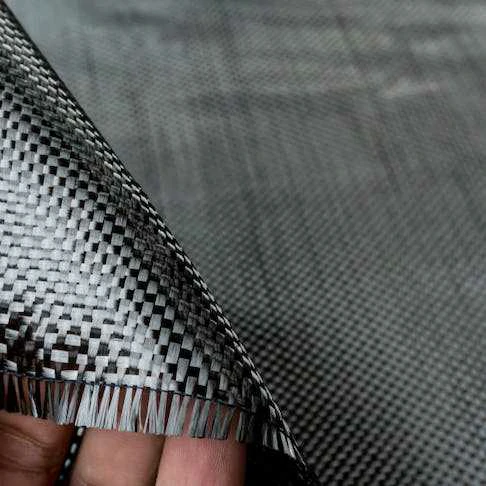All About Selective Laser Sintering (SLS) 3D Printing

What Are the SLS Printing Materials?
SLS has a limited number of available materials, with nylon being the most commonly used. Listed below are the various materials available:
- Nylon/PA11: This material is tough, with good impact resistance. PA11 has higher temperature resistance than PA12 and can undergo higher levels of deformation before breaking when compared to PA12.
- Nylon/PA12: This material is rigid, with high strength, good chemical resistance, and biocompatible. PA12 has lower thermal resistance when compared to PA11. PA12 is the most commonly used material in SLS printing.
- Filled Nylon: PA11 and PA12 can have their properties modified with the inclusion of fillers like glass and carbon fiber which improve thermal and mechanical properties.
- Castable Polystyrene: This material is designed to be used as a master part for vacuum forming and sand casting. It has low toughness and a low melting point and is not intended for functional parts.
- TPU Elastomer: This material has rubber-like flexibility, with good toughness and abrasion resistance. It can also be modified to have different hardnesses on the shore A scale.
What Are the Primary Parts of an SLS 3D Printer?
The different parts of a 3D SLS printer are listed below:
- Laser: The laser (typically a CO2 laser) is used to sinter the plastic particles into each other. The laser is directed using a scanning mirror which directs the laser to trace out the layer cross-section.
- Material Delivery System: The material delivery system stores all the powder. As the part is built, this mechanism supplies material to the recoater.
- Recoater: The recoater drags material from the powder delivery system and lays it out onto the print bed/preceding layers.
- Print Bed: The print bed moves down as the part is printed, typically between 50 and 200 microns per layer depending on the required resolution. A thin layer of plastic is placed on the print bed for each new part layer by the recoater.
- Heaters: Heaters keep the build volume at an elevated temperature to assist with the sintering process by reducing the energy required by the laser to sinter the powder.
What Are the Best SLS 3D Printing Resins?
SLS has a limited range of 3D printing materials; however, the best of these are listed below:
- PA12 (Nylon): PA12 offers a good range of mechanical, thermal, and chemical resistance properties making it the ideal material for a wide range of applications. PA12 is the most commonly used material for SLS printing.
- PA12CF (Nylon): Carbon-filled nylon significantly improves the stiffness, strength, and hardness of the base nylon and can allow for the creation of high-performance parts with an excellent strength-to-weight ratio.
- TPU Elastomer: TPU elastomer allows for the creation of flexible parts with good abrasion resistance and toughness.
How is SLS 3D Printing Used in the Medical Industry?
SLS 3D printing is used for custom-fit prostheses based on 3D scans of a patient’s body. SLS 3D printing is also used to create patient-specific reference models based on 3D scans for surgical procedure planning.
How is SLS 3D Printing Used in the Jewelry Industry?
SLS 3D printing is used to create highly detailed models not possible using other methods. These models are used for creating casting molds. Specifically, materials like polystyrene can be printed and used to create molds for casting precious metals.
Are SLS Printers Capable of Producing Large, Detailed Pieces?
Yes, SLS printers have large build volumes that can accommodate sizable parts. The use of a precision laser still allows for fine details to be incorporated into very large parts.
What is the Difference Between SLS and SLA?
SLS (selective laser sintering) makes use of a laser to sinter plastic particles, whereas SLA (stereolithography) uses a laser to selectively cure a liquid photopolymer. Both technologies can produce highly detailed parts and their print speeds are comparable. For more information, see our guide on SLS vs. SLA.
Summary
This article presented selective laser sintering (SLS), explained what it is, and discussed the process and the materials used for SLS. To learn more about selective laser sintering, contact a Xometry representative.
Xometry provides a wide range of manufacturing capabilities, including 3D printing and other value-added services for all of your prototyping and production needs. Visit our website to learn more or to request a free, no-obligation quote.
Disclaimer
The content appearing on this webpage is for informational purposes only. Xometry makes no representation or warranty of any kind, be it expressed or implied, as to the accuracy, completeness, or validity of the information. Any performance parameters, geometric tolerances, specific design features, quality and types of materials, or processes should not be inferred to represent what will be delivered by third-party suppliers or manufacturers through Xometry’s network. Buyers seeking quotes for parts are responsible for defining the specific requirements for those parts. Please refer to our terms and conditions for more information.
.webp)






